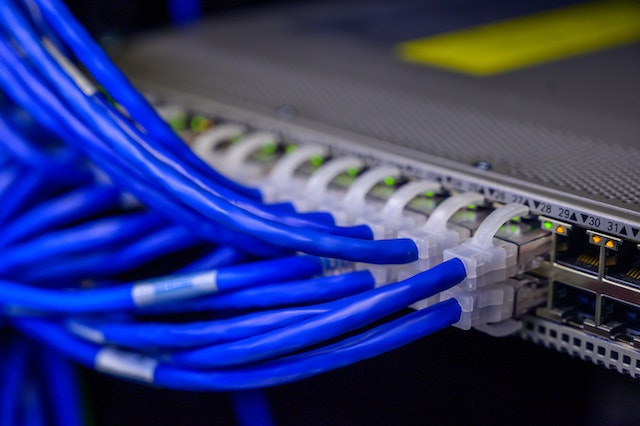
Things You Need to Know About Zero Trust Network Access
Zero trust network access requires strict policies for all network accounts. This includes the use of least privilege for programmatic credentials. In addition, service accounts should be known to have known behaviors and limited connection privileges. Over-permission service accounts allowed lateral movement, allowing attackers to access domain controllers and authentication systems. Zero-trust solutions can be evaluated based on their compliance with these policies.
Microsegmentation
Microsegmentation is a way to manage access to IT resources and ensure they are only available to authorized users. It can help protect against insider threats and increase employee productivity. According to the 2020 Insider Threat Report, 68% of organizations have reported an increase in insider threats in the last year. As such, businesses must balance giving employees the level of access they need to do their job and preventing insider threats.
Microsegmentation entails using security policy settings that limit access to specific user groups. By applying fine-grained security policies to micro-segmented workloads, organizations can effectively protect their data against hackers. These policies can apply to individual machines, users, or applications.
Identity-Based Authentication
Identity-based authentication is an essential part of Zero Trust network access solutions. This approach helps ensure data is only shared with the right people and is only available to trusted users. It also ensures that users are granted access to the data only after determining the appropriateness of the request. This system allows users to maintain a high level of security by validating access throughout the identity lifecycle and the session.
Modern organizations need a modern identity solution that integrates seamlessly with existing security and compliance tools to enforce existing use cases and enable new ones. They also need a highly interoperable solution that can enable automated decision-making.
Network Monitoring
Zero trust network access is a security model that removes direct network access from privileged users. This approach separates the network into distinct sections, called micro-perimeters, which are then monitored to detect privileged traffic accessing application boundaries. This method is also known as network isolation. This technology allows administrators to isolate workloads and monitor and control the flow of information between servers. However, it requires rigorous testing and is only effective with proper network monitoring and configuration.
Zero Trust Network Access solutions are becoming increasingly popular, and many companies are implementing them into their networks. These tools help organizations detect suspicious behavior and warn them about attacks. However, implementing ZTNA solutions is not an easy process. Many decisions and actions must be taken and several tools to consider. Here are some tips for monitoring traffic and implementing the technology to make the transition to this new security model easier.
Data Encryption
Zero trust networks use micro-segmentation, or the breaking down of security perimeters into smaller, secure zones, to maintain separate access to different network parts. For example, a network of files in one data center might contain dozens of separate secure zones, and people with access to one zone can’t access another without authorization. This eliminates lateral movement, where people move around within the network once they have gained access.
Zero trust is a security solution that advocates encrypting every packet sent or received. This prevents exceptional cases from occurring and removes the chance of human error. This solution requires robust authentication mechanisms, system security policies, and software-defined security perimeters. This architecture may not be suitable for every organization, but some organizations may find it useful for newer companies with limited legacy infrastructure.
Cost
Zero trust is a security strategy that protects network data from unauthorized access. Zero trust increases the safety of sensitive data and reduces the costs of data breaches. Companies that use zero trust have reported savings of over $660,000 per data breach compared to organizations that do not. Zero trust can save organizations tens of millions of dollars over five years. But what are the costs? How can they be mitigated?
Traditional network architecture exposes a company’s data assets, servers, and applications. With a Zero Trust model, access to a subset of these resources is restricted to authorized users. This approach is sometimes referred to as network isolation. Microsegmentation allows administrators to isolate workloads and control the flow of information from one server to another.




